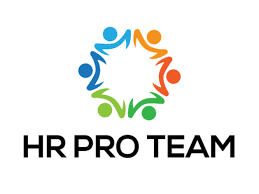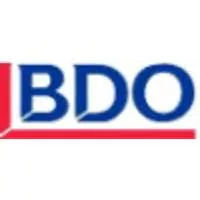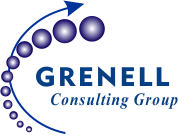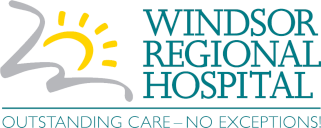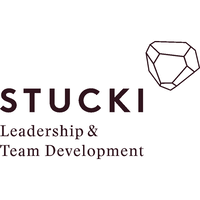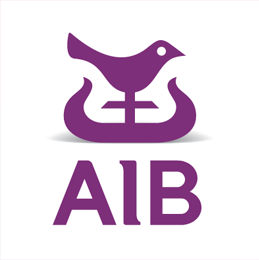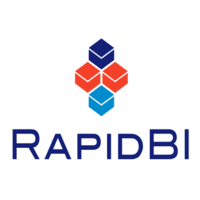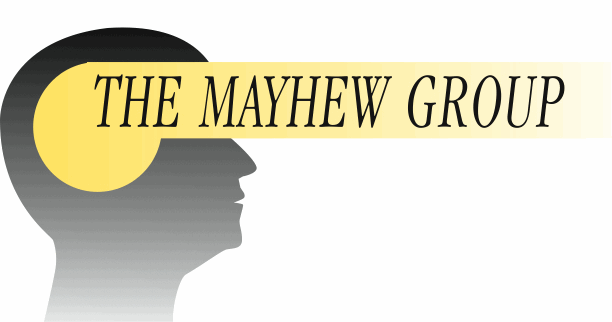Editable Training Content For More Courses And Learning.
Are any of the following common themes for you?
“I’m under a tight timeline and need training course material that I can run in my business, today.”
“When I develop my own courses from zero, I keep changing my course outline because I’m never sure if I’ve included everything my participants need.”
“I find it difficult to create a logical flow from one module to the next.”
It’s time to get you back on the winning streak.
A perfect addition to any training toolkit, Oak Innovation’s Issues In An Organization Training Course is carefully created with industry-based, editable content.
Here’s What You Get Inside Your Issues In An Organization Training Course.
- A participant workbook written in a step-by-step tutorial style so that even inexperienced trainees can follow.
- Our actual PowerPoint Slidedeck (99% of customers add their logos!)
- Custom real-world training tools to support learning (course tests, activities, exercises, reading lists, marketing materials, & action plans).
- [Bonus] our 15 exclusive training guides on delivering powerful training courses (even if you don’t have much training experience).
- [Bonus] our 17 custom training forms (these are one of the many ways to improve your training business).
- [Bonus] our step-by-step guide on using 17 effective icebreakers in your business.
- [Bonus] clear instructions on how to use 17 training games to increase course participation levels.
Trusted By Leading Brands.
Course Outline.
There are seven easy to deliver modules provided.
1. Seven Key Business Areas: Understanding Organizational Dynamics
This module provides a foundational understanding of the interconnectedness of key business areas within an organization.
Course participants will:
- Explore organizational and corporate dynamics: Learn to recognize and analyze the forces that shape organizational behavior.
- Highlight organizational structure: Understand different organizational structures and their impact on communication and decision-making.
- Identify group processes: Learn to recognize and manage group dynamics, including conflict resolution and team building.
- Discuss communication: Explore effective communication strategies for different organizational contexts.
- Review organizational change: Understand the change process and how to navigate transitions effectively.
- Explore examples of organizational culture: Analyze different types of organizational cultures and their influence on employee engagement and performance.
- Focus on strategic management: Learn how strategic management aligns with organizational goals.
- Expected Outcome: Participants will be able to identify and analyze the key dynamics within their organization, fostering better communication and collaboration.
2. Organizational Structure and Success
This module looks at the crucial role of organizational structure in achieving success.
Course participants will:
- Examine approaches to organizational structure (e.g., functional, divisional, matrix).
- Discuss key concepts and dimensions of organizational structure (e.g., centralization, formalization, specialization).
- Explore the structuring of activities, including workflow design and process optimization.
- Review the line control of the workforce and its impact on employee motivation and autonomy.
3. Group Dynamics Skills: Fostering Collaboration and High-Performing Teams
This section focuses on essential skills for understanding and managing group dynamics.
Course participants will:
- Explore different types of groups: Understand the characteristics and dynamics of various groups (e.g., formal, informal, task-oriented).
- Outline the relationship between groups and performance factors: Learn how cohesiveness, leadership, and communication impact group performance.
- Identify the phases of socialization: Understand how new members integrate into existing groups and how to facilitate this process.
- Discuss factors and consequences of group cohesiveness: Explore the benefits and drawbacks of high and low group cohesiveness.
- Highlight the different types of communication across groups: Learn about effective communication strategies for different group contexts.
- Expected Outcome: Participants will have the skills to build and manage high-performing teams, fostering collaboration and maximizing productivity.
4. Change Management Skills: Navigating Transition with Confidence
This module equips participants with the tools and strategies to manage organizational change effectively.
Course participants will:
- Discuss what is change: Define organizational change and its various forms.
- Learn how to diagnose the need for change: Develop skills for identifying areas where change is needed.
- Explore unfreezing, changing, and refreezing tactics: Understand Lewin’s Change Management Model and how to apply it.
- Discuss driving and restraining forces for rebalancing the “change equilibrium”: Learn how to analyze the forces that support and resist change.
- Expected Outcome: Participants can confidently lead and manage organizational change initiatives, minimizing disruption and maximizing employee buy-in.
5. Positive Organizational Culture: Cultivating a Thriving Workplace
This module explores the critical role of organizational culture in shaping employee engagement, performance, and overall organizational success.
Key takeaways:
- Participants will identify the various characteristics of corporate examples of organizational culture, discuss the different types of culture, and highlight critical images of organizations.
- Participants will learn about corporate culture types and their impact on success.
- Expected Outcome: Participants will be able to assess their organization’s culture, identify areas for improvement, and implement strategies to foster a more positive and productive work environment.
6. Strategic Management Skills: Aligning Actions with Organizational Goals
This section focuses on developing strategic thinking and decision-making skills.
Key takeaways:
- Participants will discuss strategic management initiatives.
- Expected Outcome: Participants will be able to contribute to developing and implementing effective strategic plans, ensuring that their organization is well-positioned for success.
7. Strategy: Setting a Course for Success
This module provides a comprehensive understanding of strategy and its importance in guiding organizational decision-making.
In this section, course participants will:
- Understand what organizational strategy is.
- Learn how a strategy sets a direction for a company.
- Identify how a strategy will define a company.
- Learn how to focus effort and provide consistency within a company.
- Expected Outcome: Participants will gain a clear understanding of strategy and its role in achieving organizational success, enabling them to make more informed decisions and contribute to the development of effective strategic plans.
Inside Every Download, You Get:
- Slide Deck (78 slides)
- Course Workbook (62 pages)
- Activities And Exercises
- Training Guides
- Reading Lists
- Assessment Tools
- Marketing Materials
- Action Plans













